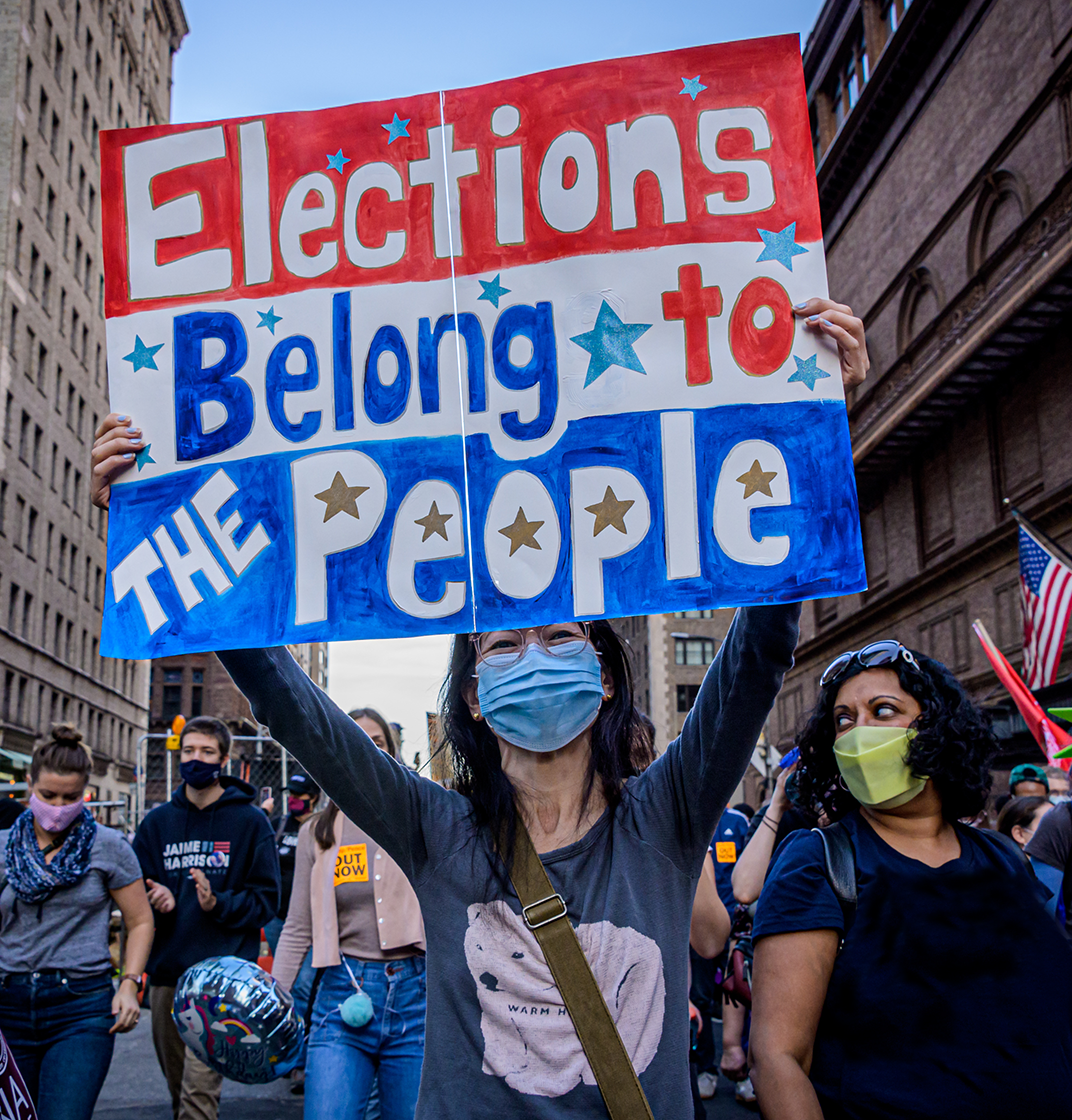The redistricting process is completed every 10 years after the census to reflect changes in Minnesota’s population. New voting maps are drawn to ensure that communities are appropriately represented in an elected officials’ constituency.
In Minnesota, the state legislature is responsible for re-drawing Minnesota’s Congressional districts, as well as Minnesota Senate and House districts, and Metropolitan Council districts. This responsibility is outlined in the state constitution.
Local governments are responsible for redistricting other election districts:
- County boards are responsible for redistricting county commissioner districts
- City councils are responsible for redistricting city wards and precincts
- School boards are responsible for redistricting board member districts
Redistricting can bring positive or negative outcomes.
It matters who does the redistricting.
+ An independent process reduces the influence of partisan politics
+ A multi-partisan commission is a better way to achieve fairness
New boundaries can alter the competitiveness of your district by:
+/- Changing the proportion of voters favoring each party
– Eliminating incumbents or strong challengers
Candidates must reside in the district they represent, so changing district boundaries may:
+ Create open seats and encourage new candidates to run for office
– Force incumbents to run in a different district
– Eliminate incumbents by packing several in the same district
– Spoil goodwill among legislators when some are affected negatively
A redrawn district may make a seat safer or less competitive:
+/- Incumbents with safe seats acquire more power and seniority
– Safe seat-holders may feel less accountable to individual voters
+ Candidates in competitive districts may be more broadly responsive
When redistricting creates a disproportionate balance of power, it can affect:
– Which issues and policies the Legislature decides to take up or ignore
– Openness to compromise and bipartisan solutions
– Ability to gerrymander
New district lines can change the mix of community characteristics—e.g., income, urban/suburban/rural, racial diversity:
+ Communities with shared interests can better have their voices heard
+/- Changes in communities of interest may affect which issues your legislator considers important
+/- Disparities in income, housing, or education may be reduced or reinforced
A citizens’ redistricting commission is the best path to fair districts.

